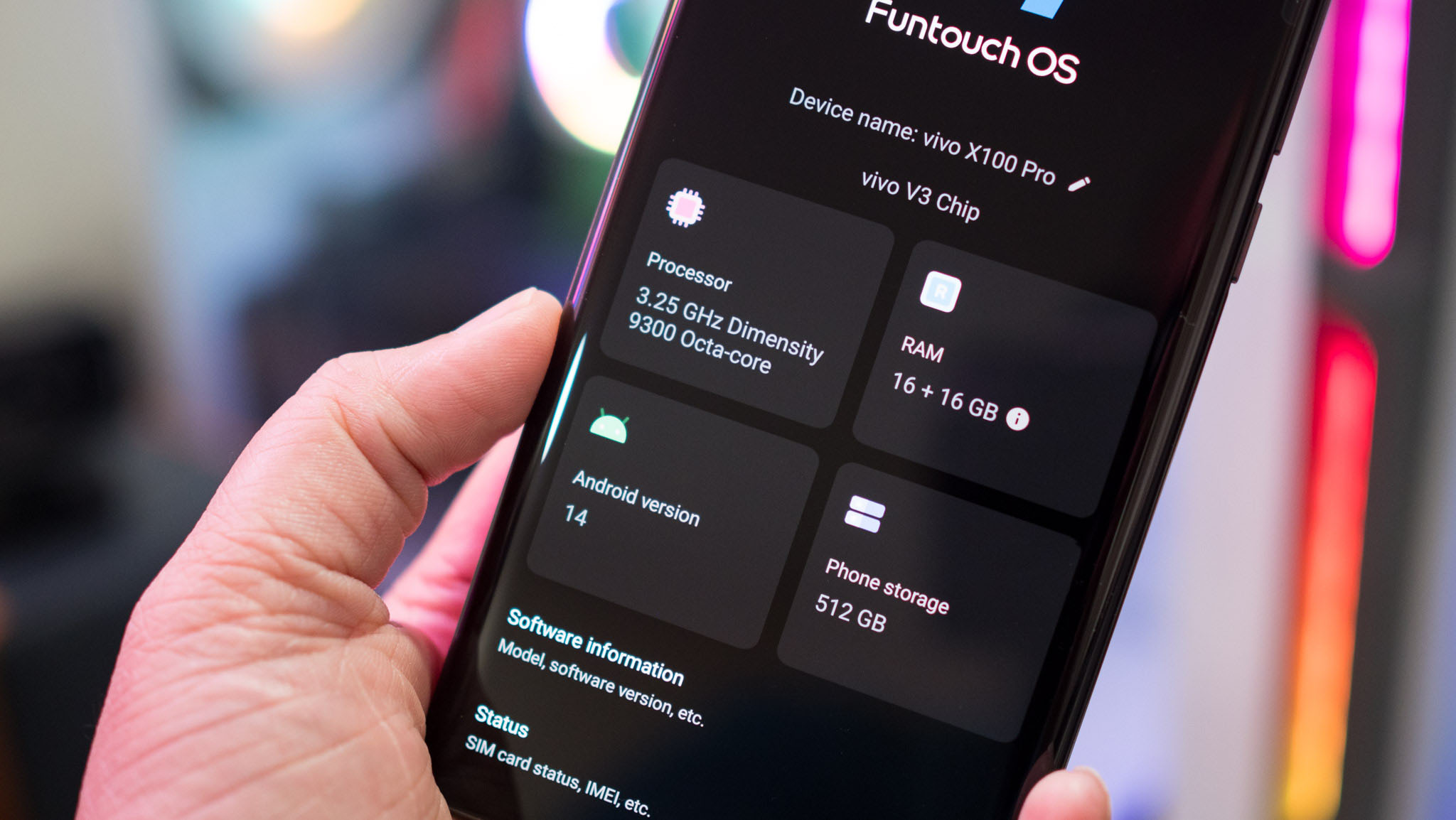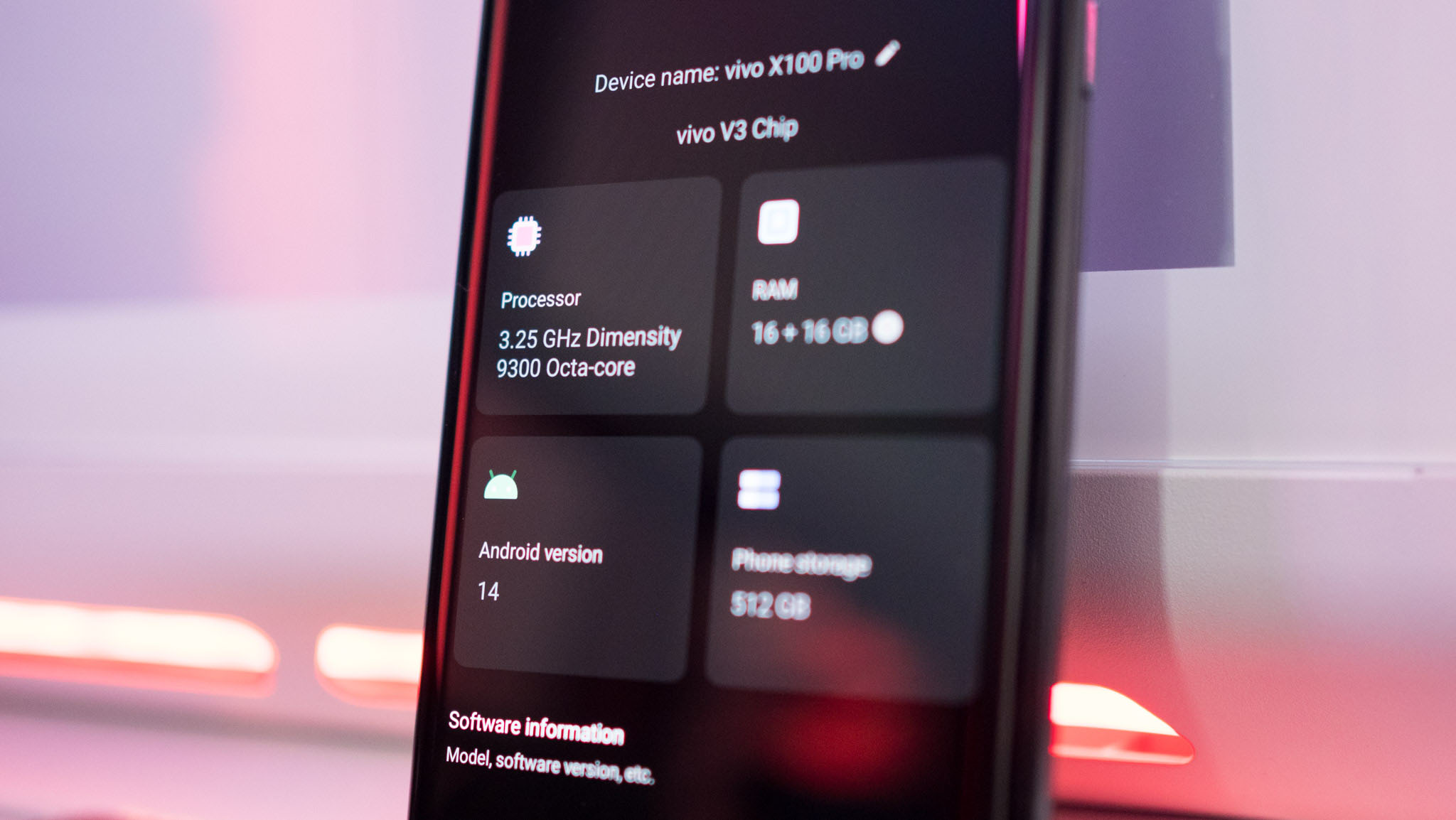
Manufacturers decide what chipset goes into their phones a year in advance of the device hitting store shelves, and over the course of the last decade, that has been an easy choice, particularly in the high-end segment. Qualcomm's Snapdragon 8xx series was the go-to option for most brands, and while the likes of Huawei used in-house Kirin designs and Samsung went with Exynos in global models of its Galaxy S series, they couldn't quite challenge Qualcomm in this segment.
Thankfully, that has changed in recent years, with MediaTek's Dimensity series offering a legitimate alternative to the best that Qualcomm has to offer. The Dimensity 9000 was a terrific all-rounder, and MediaTek followed it up with the Dimensity 9000+ and 9200. MediaTek is now positioning its latest Dimensity 9300 as the alternative to the Snapdragon 8 Gen 3, and it is doing a few things differently this time.
I'll get to the details in a bit, but what's interesting about the Dimensity 9300 is that it doesn't use any small cores in the Arm 5xx series, and that allows the platform to deliver incredible multi-core scores. The Vivo X100 Pro is powered by the Dimensity 9300, and I used the device for just under a week now, mostly alongside the iQOO 12. Obviously, I had to run the device through the usual synthetic benchmarks to see how it holds up against Qualcomm's 2024 offering.
MediaTek Dimensity 9300 overview
Before getting to the scores, a quick look at the Dimensity 9300 and why it is so different from its predecessor. With this generation, MediaTek is essentially just using the Cortex X4 and A720 cores, leaving out the A520 cores that are usually designated the efficiency cores. The result is that the platform only has Arm's so-called big cores, and that makes things very interesting in daily use.
You get one Cortex X4 core at 3.25GHz that serves as the prime core, and it's joined by another three X4 cores that are clocked at 2.85GHz, and we then have four A720 cores that can go up to 2.0GHz. This is a novel choice as we haven't really seen any other mobile platform with this particular configuration before, and that ultimately gives the Dimensity 9300 an edge in multi-core workloads.
It also has an Immortalis-G720 with 12 shader cores, and while Arm was on the back foot in this area, the G720 is a much better option that does a fantastic job when it comes to intensive gaming. The Dimensity 9300 has a lot of AI-focused features and interesting upgrades in other areas, but for the context of this post, I'm paying attention to just the CPU and GPU side of things.
MediaTek Dimensity 9300 benchmarks
I'm using the Vivo X100 Pro to test the Dimensity 9300, and it is going up against the Snapdragon 8 Gen 3-powered iQOO 12. I'm also including figures from the A17 Pro as it is the only mobile platform based on the 3nm node, and it has considerable upgrades — as evidenced by the iPhone 15 Pro Max.
The Dimensity 9300 scores slightly less in Geekbench's single-core test, and that's because the Cortex X4 core is clocked at 3.25GHz. Qualcomm clocked its prime core at a slightly higher 3.30GHz, and that means it has a slender lead. That said, the A17 Pro still has the outright lead, with a 30% higher score than the Dimensity 9300.
But because MediaTek is using larger cores throughout, the Dimensity 9300 is able to eke out a lead in the multi-core workloads, besting Qualcomm by a slender 4.3%. But what's particularly interesting is that it got to within 1.6% of the A17 Pro's scores, and that's the closest any of the best Android phones got to the iPhone 15 Pro Max.
It's a similar story with 3DMark Wild Life Extreme; the Dimensity 9300 delivered scores that were 6% higher than those managed by the Adreno 750, and that's a sizeable achievement, considering Arm was always on the back foot in this area in previous years. Qualcomm still has the edge when it comes to ray tracing, though, posting scores that are 4.5% higher in the Solar Bay test.
What stands out the most with these scores is the gains Qualcomm and MediaTek managed to achieve this year. To give you some idea, the Dimensity 9300 is a full 35% faster than the Dimensity 9200-toting Vivo X90 Pro at single-core workloads and 46% faster at multi-core scenarios — those are ridiculous year-on-year gains.

Gaming is the area where you'll notice the biggest difference, with the Dimensity 9300 able to deliver sustained performance for longer than its predecessor. That said, the Adreno 750 still has the overall edge, as it doesn't throttle as early — or get as hot. In 3DMark's Wild Life Extreme Stress Test, the Dimensity 9300 had a stability score of 46%, significantly lower than the 55% of the Snapdragon 8 Gen 3, and it went up to 48 degrees Celsius versus 43 degrees.
This is evident in real-world use as well, and the Dimensity 9300 tends to run hotter than its Qualcomm rival during extended gaming sessions. It didn't go as high as the 48-degree in 3DMark — the maximum I noticed in real-world gaming was 43 degrees — and while the device got hot, it wasn't so uncomfortable that I couldn't use it.
To sum it up, MediaTek has a winner on its hands, and the Dimensity 9300 is a legitimate alternative to the Snapdragon 8 Gen 3. Now, the only question that remains is if MediaTek is able to secure meaningful design wins, and we don't have to wait long to know more about that.







